Description
BiancaLite cream helps your face and skin a refreshing glowing and lightening experience. It reduces wrinkles, premature aging, age spots and maintain skin natural moisture. The two herbs Daucus carota and Rubus idaeus gives SPF of 40 and protect skin from harmful ultraviolet rays from the sun.
Dark spot reduction and Skin lightening: Natural Glowing skin
With pure and most potent Himalayan herbs directly delivers skin depigmentation (Inhibiting dark spots) by dispersing and removing existing melanin in the skin by inhibits the production of tyrosinase, in turn inhibiting the production of dark spots and gives a puffy skin with skin lightening experience.
Skin marks and Scar reduction: Spotless skin
Powerful antioxidative activity of various herbal ingredients on lipid peroxidation to moderate the bleaching of β-carotene. Prevention of β-carotene bleaching increase facial attractiveness by reducing the appearance of any skin marks or scars by acne, pimples, thereby promoting spotless clear skin.
Skin stress balance: Calming skin
Balance Stress injuries prevent acne and skin eczema.
UV protection: Urban dust shielding and UV rays protection
Provides SFP 40 to skin against harmful UV rays from the sun. Provide shields to skin for environmental pollution.
With pure and most potent Himalayan herbs directly delivers skin depigmentation (Inhibiting dark spots) by dispersing and removing existing melanin in the skin by inhibits the production of tyrosinase, in turn inhibiting the production of dark spots and gives a puffy skin with skin lightening experience.
Powerful antioxidative activity of various herbal ingredients on lipid peroxidation to moderate the bleaching of β-carotene. Prevention of β-carotene bleaching increase facial attractiveness by reducing the appearance of any skin marks or scars by acne, pimples, thereby promoting spotless clear skin.
Radiance & Glow, skin brightening, moisturization & nourishment, sun protection and daily Care.
Product profile
Brand: BiancaLite™
Size: 100 mL Tube
Dosage Form: Cream
Dosage: Daily care cream
Recommended Uses for Product: Radiance & Glow, skin brightening, moisturization & nourishment, sun protection and daily Care.
Age Range (Description): Adult age and older.

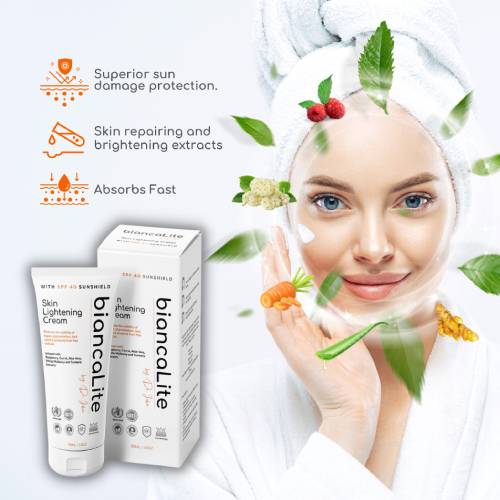
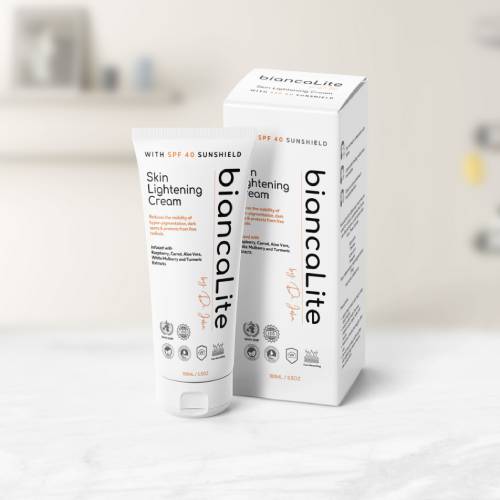
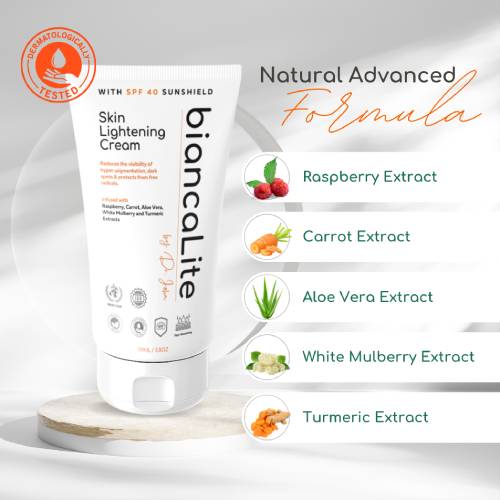
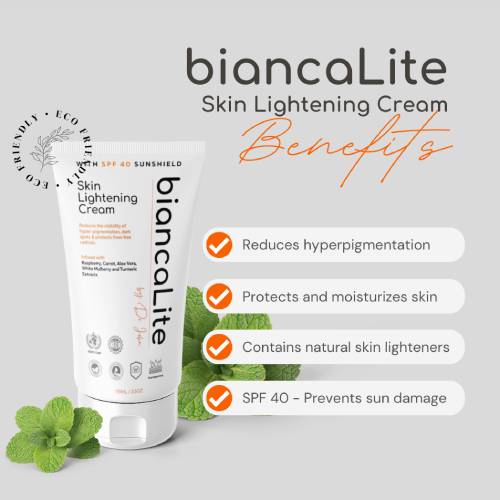
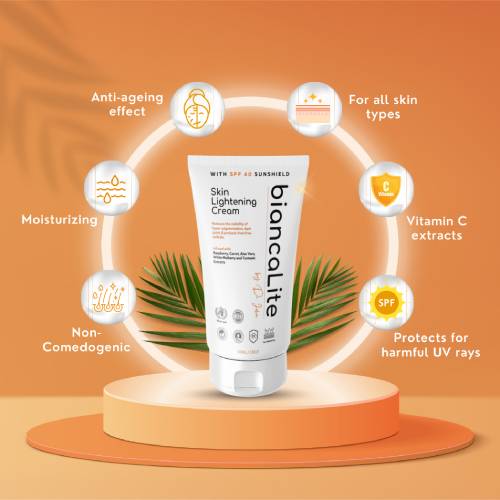
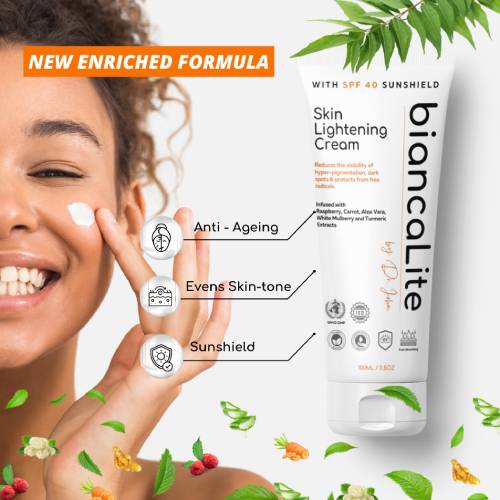
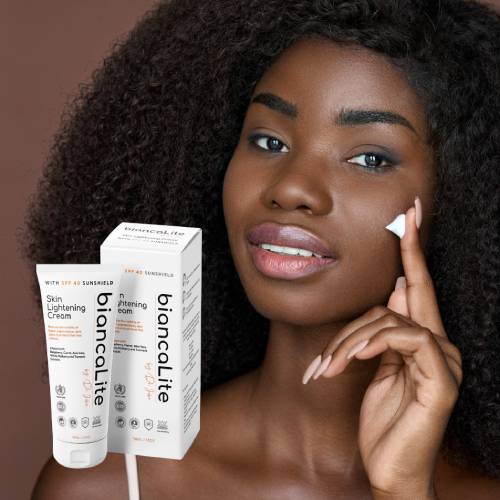
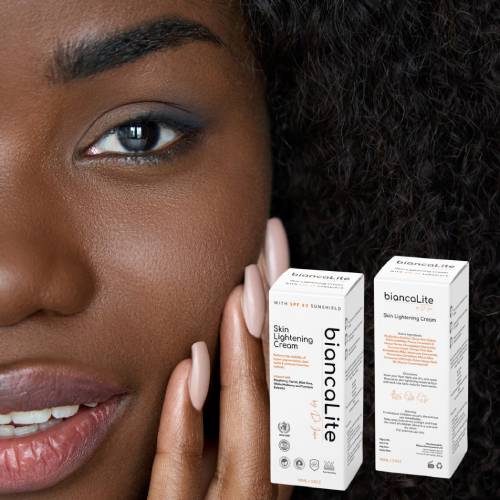
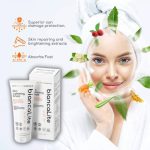
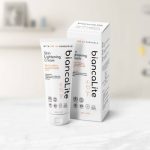
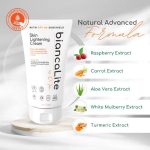
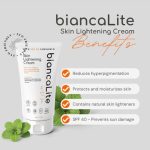
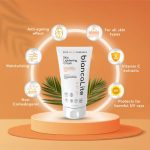
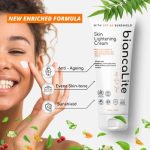
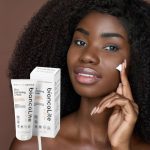
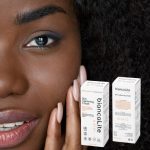
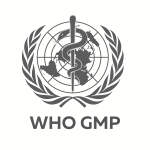
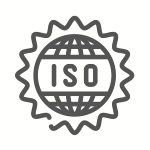
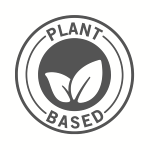
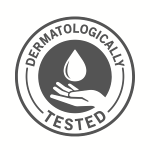
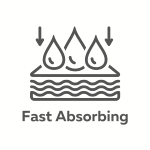
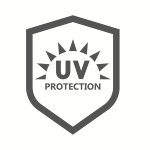



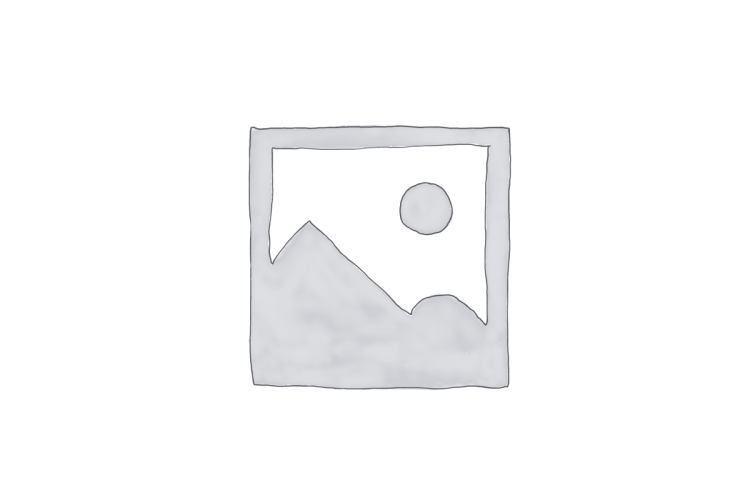
Reviews
There are no reviews yet.